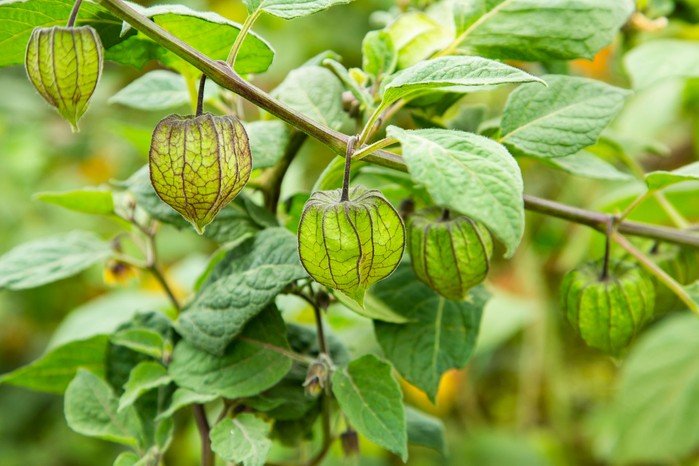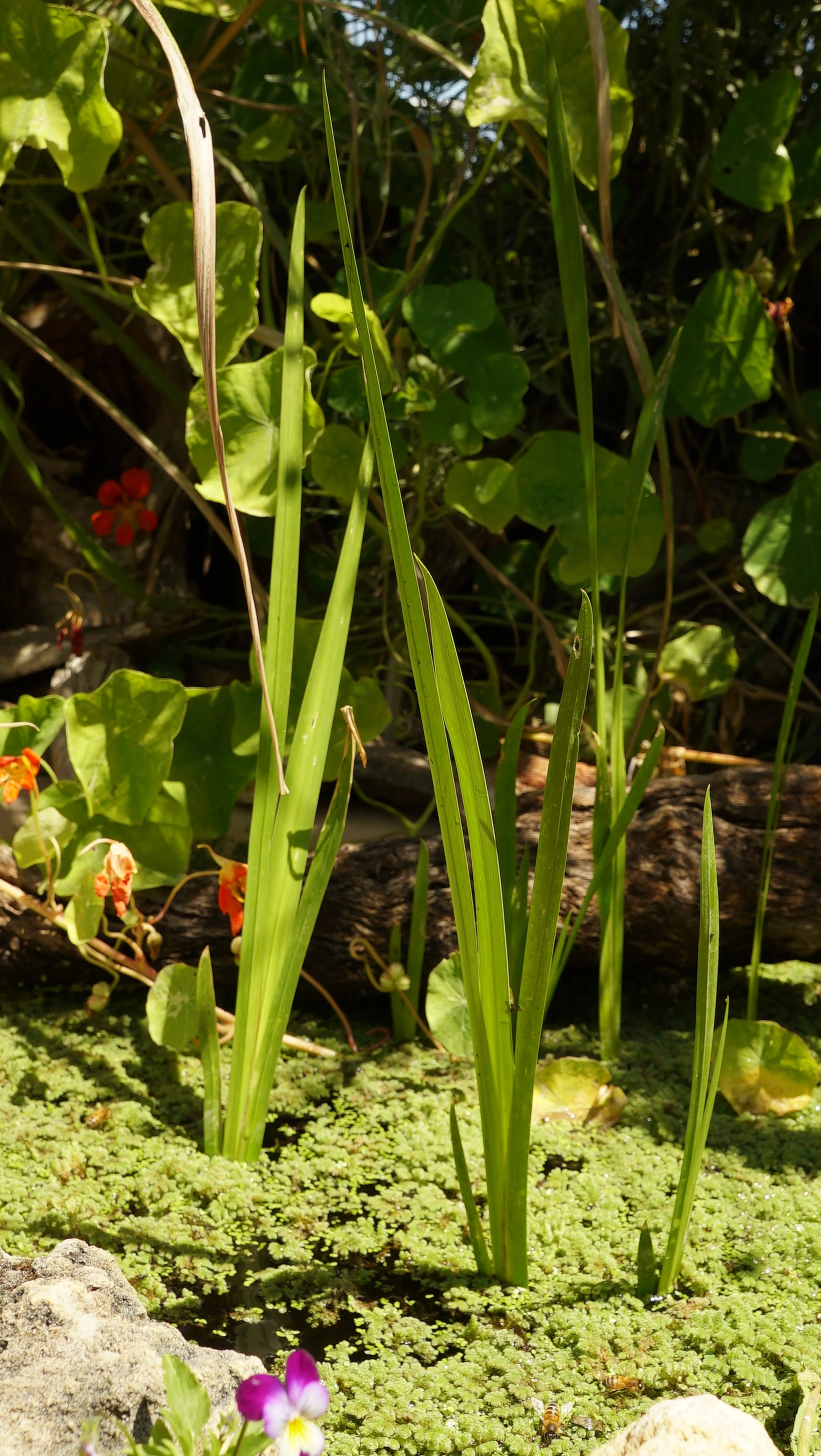Roman Chamomile Plant
“Chamaemelum nobile”
Plant Availability: Autumn to Late Spring
Pot Size: 1L
Benefits
German Chamomile is known for its medicinal properties, including anti-inflammatory and calming effects. It's commonly used to make chamomile tea, known for its soothing qualities.
Growing Conditions:
Season: Roman Chamomile is a perennial plant that thrives in the spring and summer months.
Soil: It prefers well-draining, sandy soil
Watering: Keep the soil consistently moist, but avoid waterlogged conditions.
Position: Plant in a location that receives full sun to partial shade.
Fertilizing: Use a balanced, all-purpose fertilizer during the growing season.
Use: German Chamomile is primarily used to make herbal tea. The flowers can be harvested and dried for this purpose. It's also used in traditional herbal remedies for its potential health benefits.
Growing Tips: German Chamomile can self-sow, so be prepared for volunteers in the following seasons. Deadhead spent flowers to encourage continued blooming.
Companion Plants: It pairs well with herbs like basil, mint, and oregano, as well as other flowers like marigolds, as companion plants in your garden.
“Chamaemelum nobile”
Plant Availability: Autumn to Late Spring
Pot Size: 1L
Benefits
German Chamomile is known for its medicinal properties, including anti-inflammatory and calming effects. It's commonly used to make chamomile tea, known for its soothing qualities.
Growing Conditions:
Season: Roman Chamomile is a perennial plant that thrives in the spring and summer months.
Soil: It prefers well-draining, sandy soil
Watering: Keep the soil consistently moist, but avoid waterlogged conditions.
Position: Plant in a location that receives full sun to partial shade.
Fertilizing: Use a balanced, all-purpose fertilizer during the growing season.
Use: German Chamomile is primarily used to make herbal tea. The flowers can be harvested and dried for this purpose. It's also used in traditional herbal remedies for its potential health benefits.
Growing Tips: German Chamomile can self-sow, so be prepared for volunteers in the following seasons. Deadhead spent flowers to encourage continued blooming.
Companion Plants: It pairs well with herbs like basil, mint, and oregano, as well as other flowers like marigolds, as companion plants in your garden.
“Chamaemelum nobile”
Plant Availability: Autumn to Late Spring
Pot Size: 1L
Benefits
German Chamomile is known for its medicinal properties, including anti-inflammatory and calming effects. It's commonly used to make chamomile tea, known for its soothing qualities.
Growing Conditions:
Season: Roman Chamomile is a perennial plant that thrives in the spring and summer months.
Soil: It prefers well-draining, sandy soil
Watering: Keep the soil consistently moist, but avoid waterlogged conditions.
Position: Plant in a location that receives full sun to partial shade.
Fertilizing: Use a balanced, all-purpose fertilizer during the growing season.
Use: German Chamomile is primarily used to make herbal tea. The flowers can be harvested and dried for this purpose. It's also used in traditional herbal remedies for its potential health benefits.
Growing Tips: German Chamomile can self-sow, so be prepared for volunteers in the following seasons. Deadhead spent flowers to encourage continued blooming.
Companion Plants: It pairs well with herbs like basil, mint, and oregano, as well as other flowers like marigolds, as companion plants in your garden.












